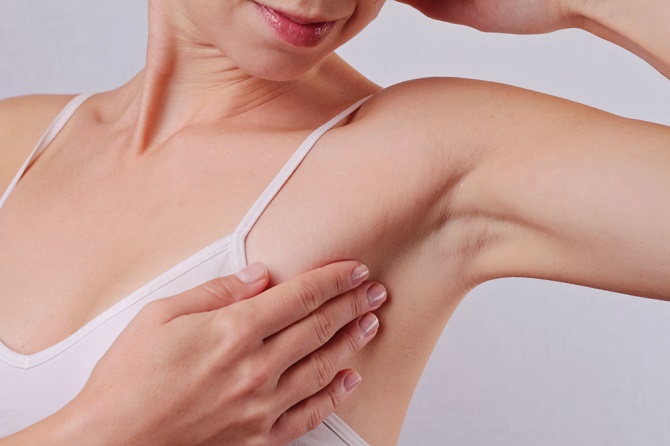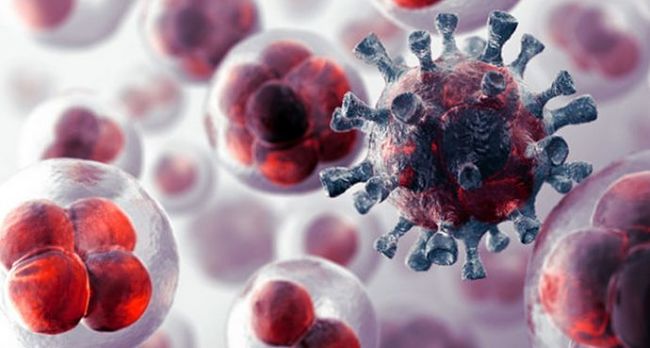25 things you didn’t know about cancer

There are no magic bullets in the fight against cancer – that’s the first thing every responsible scientist mentions when talking about a possible new treatment, no matter how promising the research.

However, there is a dream of finding an effective, rooted formula to treat cancer and for decades there has been an imperative work on this purpose.
Things You Should Know About Cancer.
Recent research shows different aspects that not everyone knows about cancer, we suggest you read the following and be aware of them. We also invite you to learn about the myths about cancer.
It indicates that among the 5 main types of cancer that cause the most deaths per year, there is:
- Pulmonary (1.69 million deaths).
- Hepatic (788,000 deaths).
- Colorectal (774,000 deaths).
- Gastric (754,000 deaths).
- Mammary (571,000 deaths).
- Around 30% of deaths caused by cancer are the result of five behavioral and dietary risk factors (high body mass index, insufficient consumption of fruits and vegetables, lack of physical activity and consumption of tobacco and alcohol) and, therefore, can be prevented.
- An estimated 53,990 adults (13,090 men and 40,900 women) will be diagnosed with thyroid cancer this year. Thyroid cancer is the fifth most common cancer in women. It is the most common cancer in women between the ages of 20 and 34. Approximately 2% of cases occur in children and adolescents.
- There are three main factors to follow to avoid cancer: eat a healthy diet, this will not only help you control your weight, but also prevent other diseases such as diabetes, high cholesterol and hypertension. Exercise: Take at least 30 minutes every day to exercise. Being overweight is a risk factor for breast cancer, especially after menopause. Try not to drink alcoholic beverages: eliminate completely or reduce alcohol consumption to one drink a day. There is a correlation between its consumption and breast cancer.
- Researchers found that breastfeeding can positively influence bone density, risk factors for metabolic syndrome, cardiovascular disease, and secondary tumors, this in the case of mothers who have overcome cancer in their childhood.
- Breast cancer affects 320 thousand women and causes the death of another 82 thousand, while in the United States these figures reach 182 thousand and 40 thousand women, respectively.
- In 2008, an estimated 1.38 million women were diagnosed with breast cancer, which is the fifth leading cause of cancer death worldwide. Each year, about 458,000 people die from breast cancer.
- Among the ten causes of death in women of advanced age, in the world, are breast, lung and colon cancer.
- The number of women affected by breast cancer is higher in developed countries, but so is the survival rate, since they have more access to better treatments than underdeveloped countries.
- 71% of deaths from lung cancer in the world are due to tobacco use.
- Out of every 100 child deaths, 13 are caused by cancer.
- Today, about 65% of cancer patients live five years or more after diagnosis, and those who survive have a chance to remain free of it.
- Cancer cells that form tumors can sometimes leave the tumors and travel through the blood or lymphatic system to other parts of the body, forming other tumors, a process known as metastasis.
- Underwire bras can be uncomfortable and painful, but they don’t cause cancer; neither the blows in the breasts.
- The leading cause of skin cancer is prolonged exposure to ultraviolet (UV) rays, which are found in solar radiation. Similarly, the machines used in tanning salons or “tanning salons” also cause this type of cancer. Ultraviolet rays damage skin cells and over time they can become cancerous.
- When you undergo cancer treatment and you do not have side effects, it does not mean that it is not being effective, as they are not related. Side effects depend on the type and dose of therapy, in addition to the sensitivity of the patient.
- Good nutrition allows for better tolerance of treatment therapies. With some tumors and treatments it is necessary to change, for a time, the diet to reduce or disappear any annoying symptoms. When the symptom disappears, eating habits can be resumed little by little.
- No therapy or treatment is more curative than others. This will depend on the type of tumor and its location, for each case of cancer there is a specific treatment.
- It is a lie that a treatment worsens the disease. Most likely, a cancer will respond to treatments and be eradicated. But sometimes, even if the therapy is the most appropriate, the cancer can be resistant and not respond to it, so the disease does not decrease, and can even spread. However, it does not mean that the treatment has worsened or spread the cancer, but that the therapy has not been effective in this patient.
- Receiving several types of therapies does not mean that the cancer is more serious, but rather that several treatments are applied to improve its effectiveness. Currently, different medical specialties work as a team to develop a treatment plan, so therapies are combined to offer the patient the best chance to eradicate the disease.
- It is a myth that morphine is used only to relieve pain in terminal patients, it can be applied at any time to improve the quality of life of the patient.
- Biopsy punctures and cytologist are studies that, if performed with the proper technique and in indicated cases, do not lead to a spread of the disease.
- Four to six mutations or cellular genetic alterations must occur for some type of cancer to originate, which indicates that the risk factors (substances that in contact with an organism can produce cancer cells, for example, tobacco) must be in contact for a considerable period of time (years).
- Many of the cancers produced by chemical carcinogens are related to industrial activities, which is why the largest number of cases occur in developed countries.
- If radiotherapy is administered to the pelvis and the ovaries receive radiation, and the patient is of reproductive age, this causes sterility in practically all cases.


